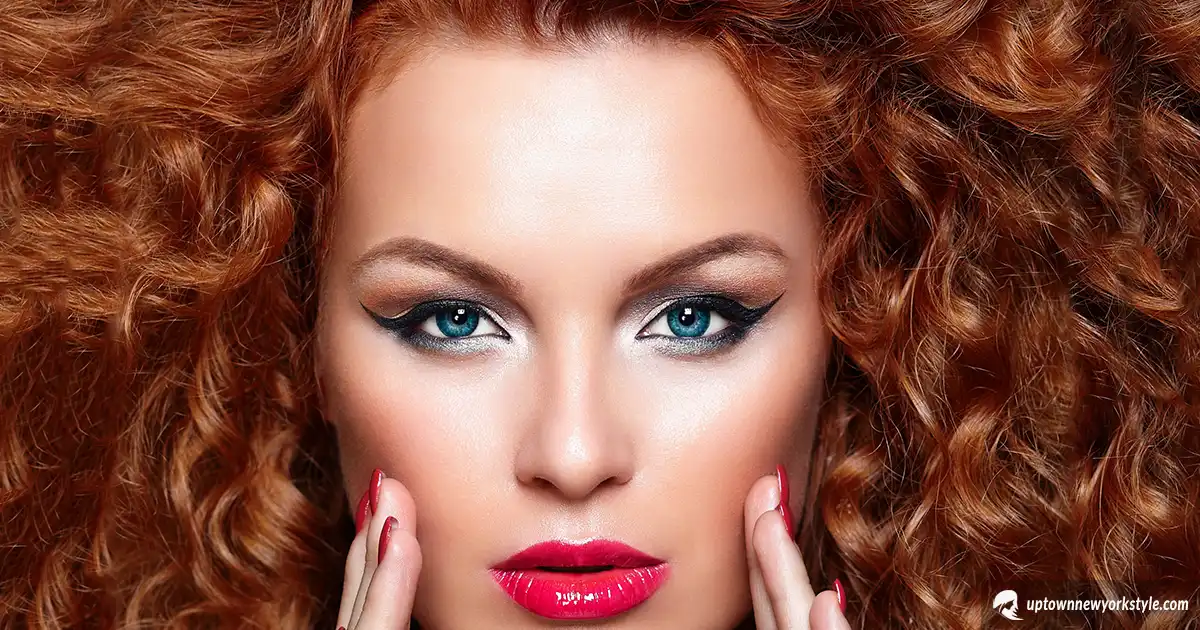
Have you ever left the salon feeling disappointed because your new hair color just doesn’t seem right? If you’ve ever wondered why certain shades make you look washed out, older, or just off, you’re not alone. The reality is, choosing the perfect hair color isn’t just about picking a shade you like, but rather selecting one that complements your natural features. Let’s explore why some hair colors don’t suit you and how you can fix that.
If Certain Hair Colors Don’t Suit You
In some cases, master hairstyle and colorist Cecelia Johnson at Uptown New York Style Hair Salon uses the color wheel to mix colors for clients. Using this technique and her other color mixing methods ensures that clients’ hair colors complements their skin tone. If you’re not a client, and your hair colors don’t seem to suit you, here are reasons why and how to fix.
1. Ignoring Your Skin Undertone
One of the biggest reasons why hair colors don’t suit you is because they clash with your skin’s undertone. The three main undertones are cool, warm, and neutral.
Cool undertones have pink or blue hues in the skin. Best suited for ashy blondes, cool browns, and platinum shades. Warm undertones have yellow or golden hues and best complemented by caramel, honey, or auburn shades. And lastly, neutral undertones is a mix of both cool and warm tones. Most hair colors can work, but balance is key.
FIX – Identify your undertone by checking your veins (blue veins suggest cool tones, green veins suggest warm tones). Choose hair colors that harmonize with your undertone for a more natural and flattering look.
2. Overlooking Your Natural Hair and Eye Color
Your natural hair color and eye color play a significant role in how well a shade suits you. If you go too far from your natural hair shade, it might not blend well with your features.
FIX – If you want a drastic change, opt for a colorist who can add dimension through highlights and lowlights to create a more natural transition.
3. Not Considering Your Skin Tone’s Depth
Aside from undertone, the depth of your skin tone, whether fair, medium, or deep — affects which hair shades will complement you. For example, those with fair skin should avoid overly dark or harsh colors that may create too much contrast. If your skin is medium shade, rich brunettes, golden blondes, and warm reds tend to flatter. And for if your skin is deep tone, then vibrant or deep hues like espresso, deep burgundy, and warm coppers work best.
FIX – Choose shades that create harmony with your skin tone rather than stark contrast.
4. Ignoring Maintenance and Fading
A shade might look great initially but can fade into unflattering tones over time. Blonde shades may turn brassy, while dark colors can become dull.
FIX – Use color-safe shampoos, regular toning treatments, and schedule touch-ups to maintain vibrancy.
5. Choosing Trends Over Personal Suitability
Trendy colors like silver, neon, or pastels may not always work for everyone. Just because a color is fashionable doesn’t mean it will enhance your appearance.
FIX – Experiment with wigs or temporary dyes before committing to a bold, trendy shade.
Conclusion
If a hair color doesn’t suit you, don’t panic! Understanding your undertones, natural hair and eye color, and skin tone depth can help guide you toward better choices. Work with a professional colorist to find a shade that enhances your natural beauty, and don’t be afraid to experiment until you find the perfect fit.
You may also enjoy reading: Selecting The Perfect Hair Extensions For Your Hair Type













Leave a Reply
You must be logged in to post a comment.